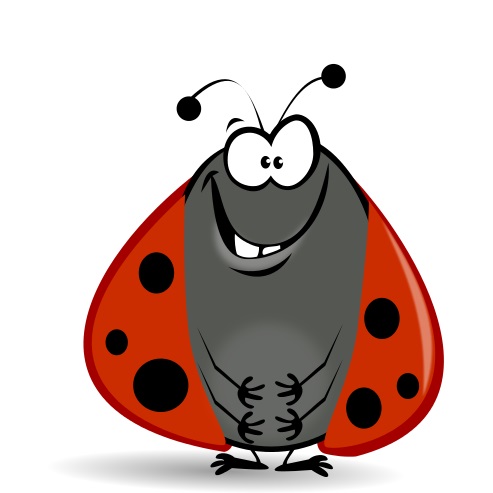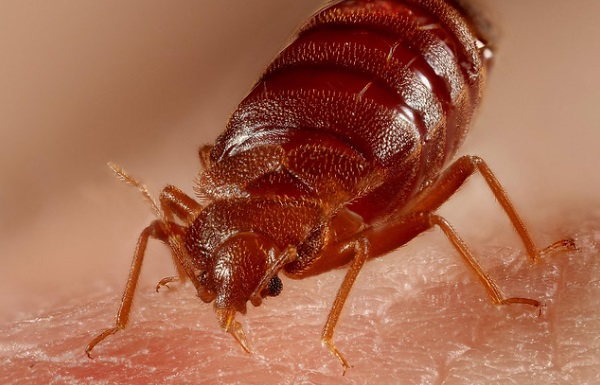
Table of Contents
Introduction:
Dealing with a bed bug infestation can be a daunting experience, but early detection is key to preventing a small problem from turning into a full-blown nightmare. Whether you’ve recently traveled, purchased second-hand furniture, or just want to ensure your home is bug-free, knowing how to check for bed bugs is crucial. In this guide, we’ll walk you through step-by-step on how to inspect your living space for these pesky pests.
Understand the Signs of Bed Bugs:
Before diving into the inspection process, it’s important to be familiar with the signs of a bed bugs infestation. These include small reddish-brown bugs, tiny white eggs, and small black fecal spots. Additionally, bed bug bites may appear as red, itchy welts on your skin.
Conduct a Thorough Visual Inspection:
Start by examining your mattress, box spring, and bed frame. Look for any signs of bugs, eggs, or dark spots. Pay close attention to seams, folds, and crevices. Bed bugs are expert hiders, so be meticulous in your search.
Check Other Furniture and Upholstery:
Bed bugs can hide in various places, not just the bed. Inspect other furniture, such as sofas, chairs, and dressers. Don’t forget to examine seams, tufts, and folds. Lift and look underneath furniture as well.
Inspect Wall Decorations and Electrical Outlets:
Bed bugs are known to hide behind picture frames, posters, and electrical outlets. Take a close look at these areas, using a flashlight if necessary. If you find any cracks or crevices, seal them to eliminate potential hiding spots.
Examine Baseboards and Molding:
Inspect the baseboards and molding around your room. Bed bugs may hide in the cracks and gaps along these areas. Use a credit card or a similar object to run along the edges and flush out any hiding bugs.
Use Bed Bug Interceptors:
Place kissing bug interceptors under the legs of your bed and other furnishings. These gadgets trap kissing bugs endeavoring to scale or down from the furnishings. Consistently take a look at the interceptors for any indications of activit
Utilize a Bed Bug Mattress Encasement:
Consider using a bed bug-proof mattress encasement. This protective cover seals off your mattress, preventing bed bugs from infesting it. Be sure to choose an encasement that is labeled specifically for bed bug protection.
Bring in a Professional:
If you suspect a bed bug infestation but are unable to confirm it, or if you discover a significant infestation, it’s time to call in a professional pest control service. They have the expertise and tools to effectively eliminate bed bugs from your home

Conclusion:
Knowing how to check for bed bugs is an essential skill for every homeowner. Regular inspections, early detection, and prompt action are the keys to preventing a minor bed bug issue from turning into a major headache. By following the steps outlined in this guide, you can sleep soundly knowing that your home is a bed bug-free zone.
FAQs:
Q1: Why is early detection of bed bugs important? A1: Early detection of bed bugs is crucial because it allows you to address a potential infestation before it becomes a significant problem. Identifying and treating bed bugs early can prevent them from spreading throughout your home, making the eradication process more manageable and cost-effective.
Q2: What are the common signs of a bed bug infestation? A2: Common signs of a bed bug infestation include small reddish-brown bugs, tiny white eggs, and small black fecal spots. Bed bug bites, appearing as red, itchy welts on the skin, are also indicative of their presence. Being familiar with these signs is essential for a thorough inspection.
Q3: How should I conduct a visual inspection for bed bugs? A3: Start by examining your mattress, box spring, and bed frame. Look for bugs, eggs, or dark spots, especially in seams, folds, and crevices. Extend the inspection to other furniture, such as sofas and dressers. Use a flashlight for a detailed examination, as bed bugs can hide in tiny spaces.
Q4: Are there other areas besides the bed where bed bugs hide? A4: Yes, bed bugs can hide in various places beyond the bed. Inspect wall decorations, electrical outlets, baseboards, and molding. Bed bugs are adept at hiding, so check cracks, crevices, and seams in these areas. Employ a credit card or similar object to flush out bugs from hiding spots.
Q5: What preventive measures can be taken to avoid bed bug infestations? A5: To prevent bed bug infestations, consider using bed bug interceptors under the legs of your bed and other furniture. Regularly inspect and clean your living space, seal cracks and crevices, and use bed bug-proof mattress encasements. Taking these precautions can reduce the risk of bed bugs entering your home.
Q6: When is it advisable to bring in professional help for a bed bug infestation? A6: If you suspect a bed bug infestation but are unable to confirm it or if you discover a significant infestation, it’s recommended to bring in professional pest control services. Pest control experts have the knowledge, experience, and tools to effectively eliminate bed bugs from your home.
Q7: How do curtains play a role in preventing bed bugs? A7: While curtains themselves may not prevent bed bugs, keeping a tidy and well-maintained living space can contribute to overall pest prevention. Regularly inspecting and cleaning curtains, along with the entire room, helps in early detection and ensures that potential hiding spots for bed bugs are minimized.
About us :
Name – VIJAY BANJARA
Titel – READY TO START SOMETHING ( FESTIVEL , FOOD AND FANTASTIC PLACE AND NEWS )
Blog Name – readytostartsomething.com
Email Address – iam@readytostartsomething.com
Phone Number – +91 9106397148
Social Media Handles
YOUTUBE CHANNEL -@readytostartsomething
INSTAGRAM -@readytostartsomething
FACEBOOK -@readytostartsomething
TWITTER – @iamready2start
